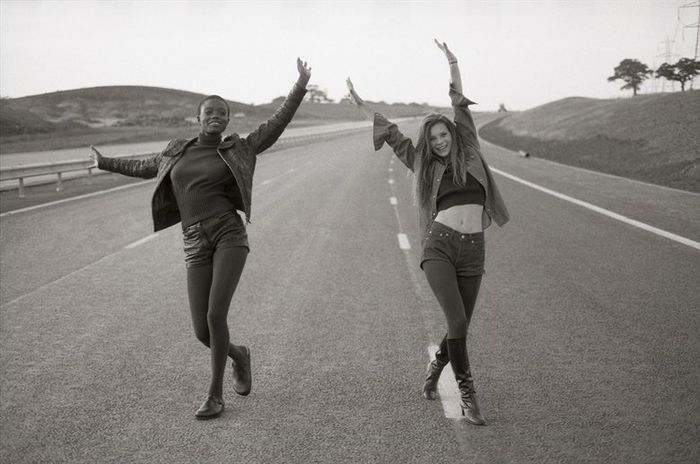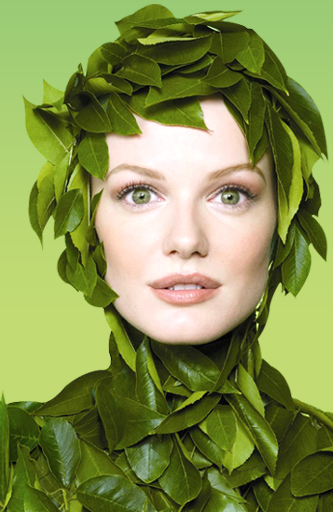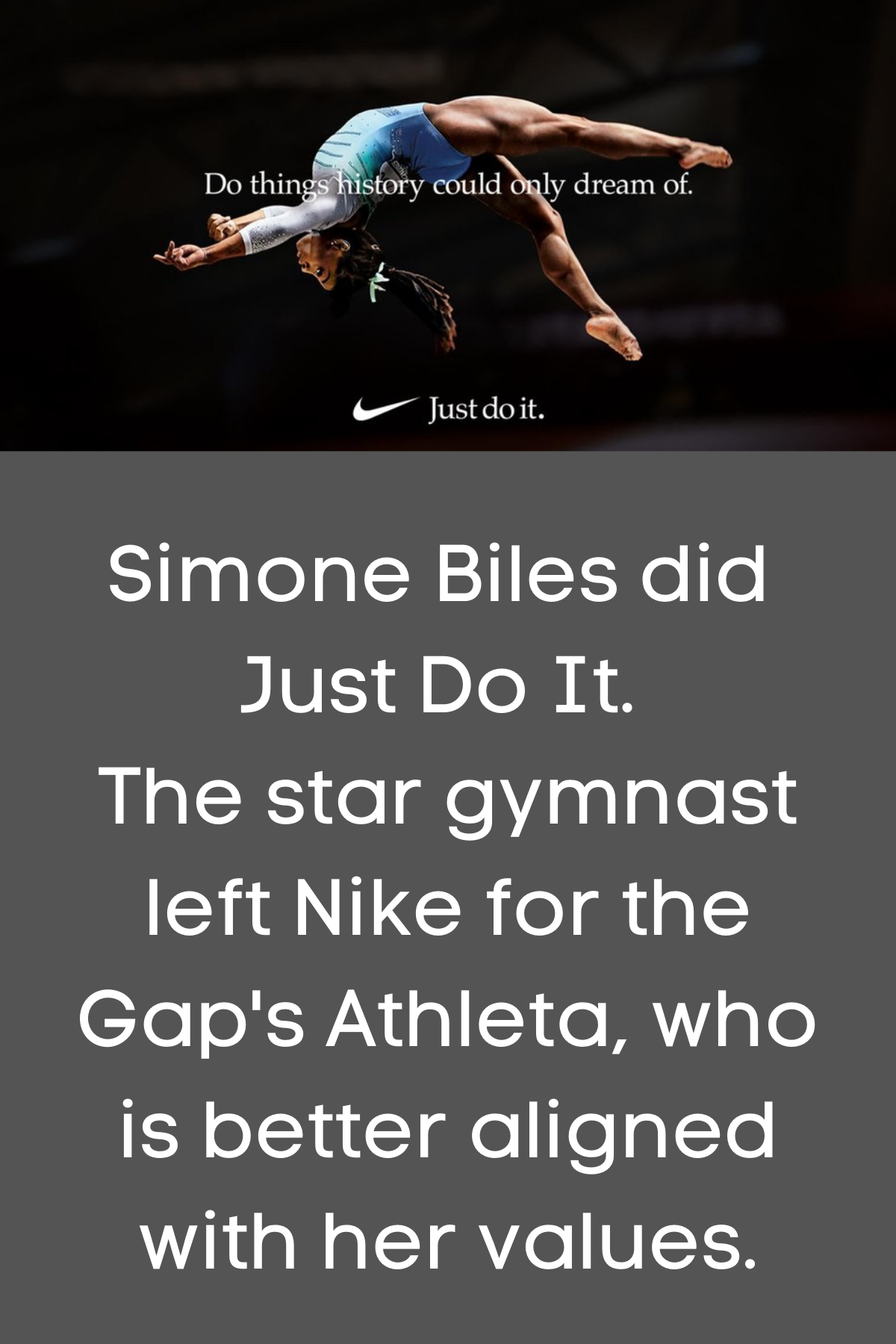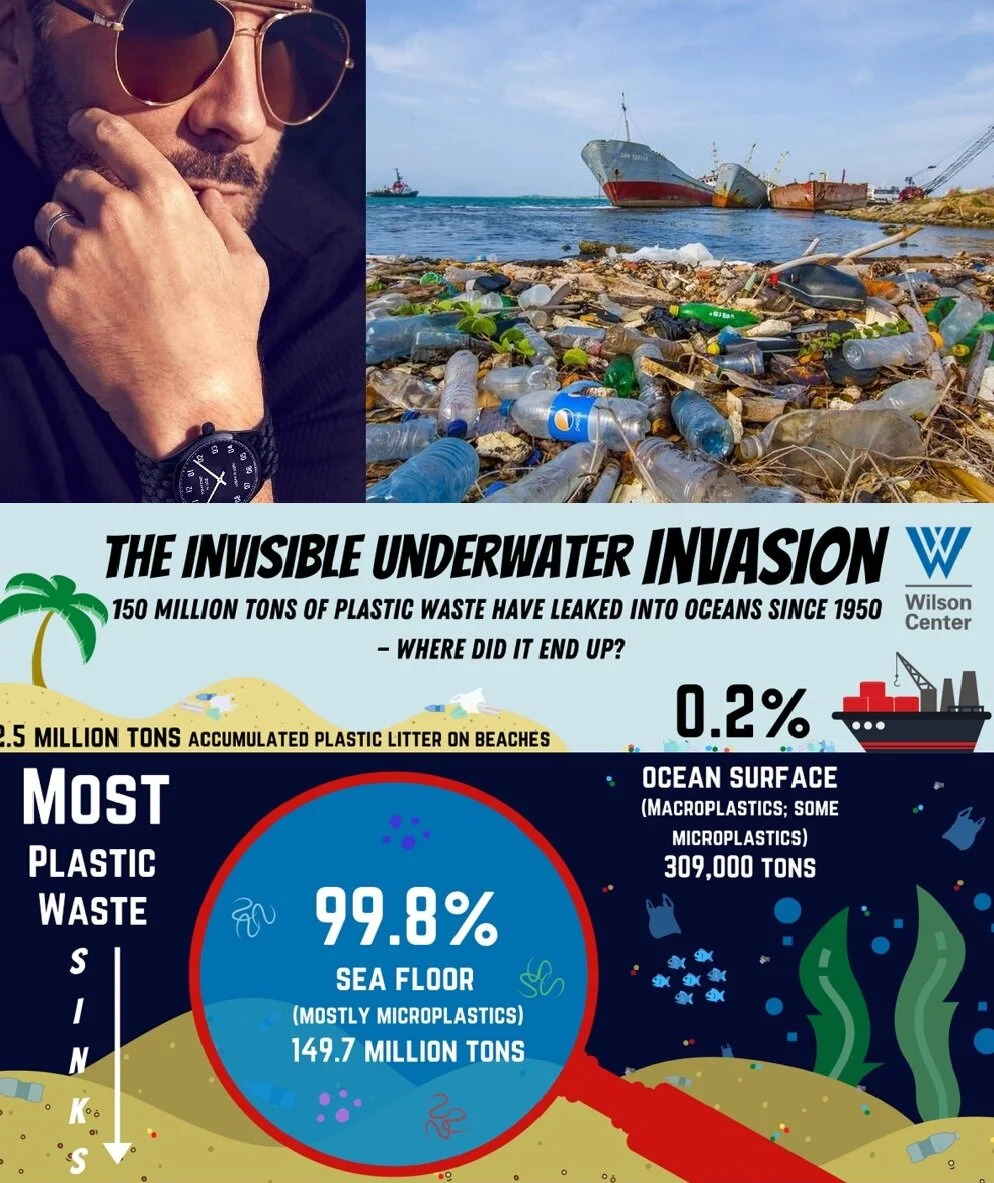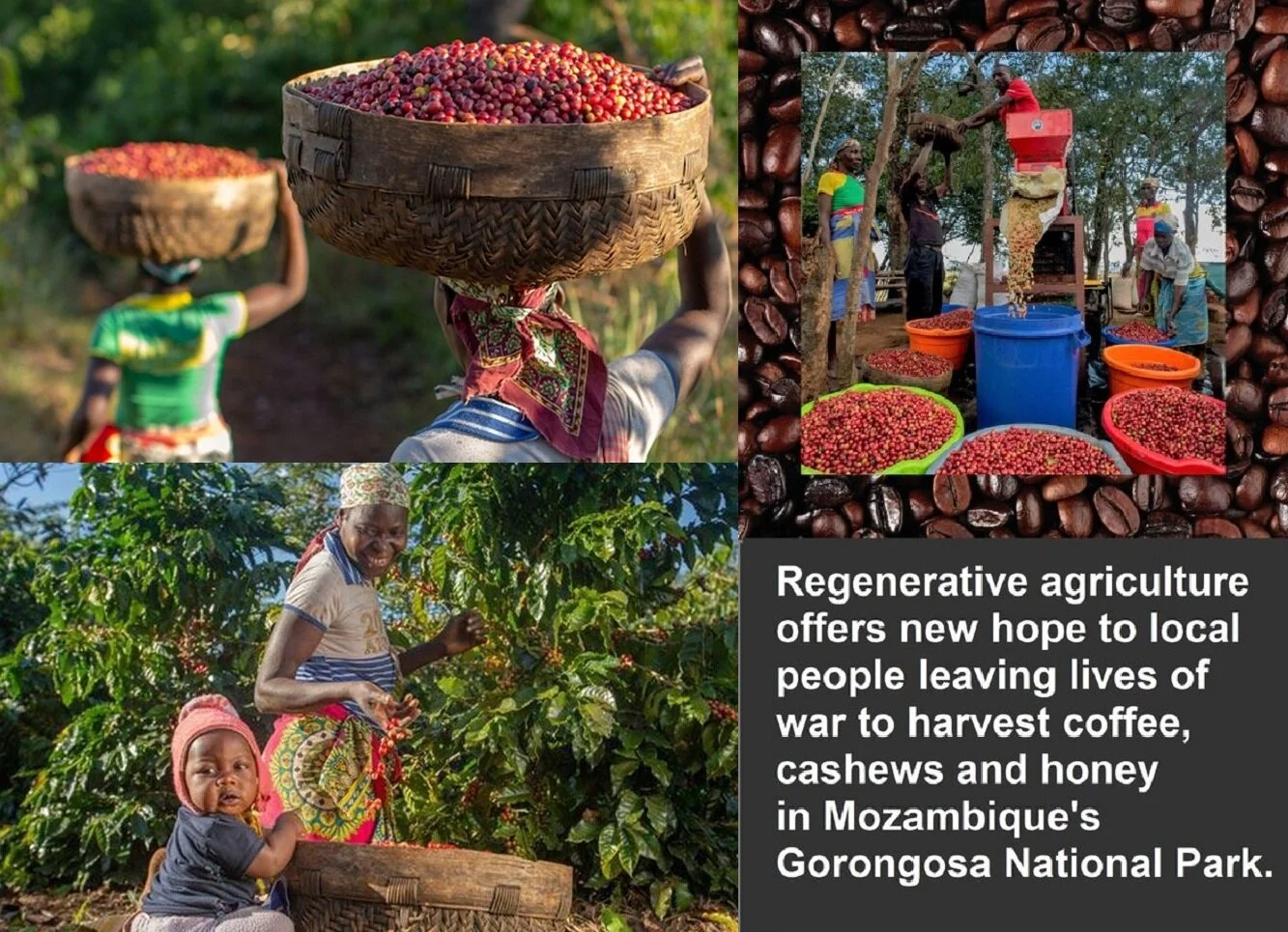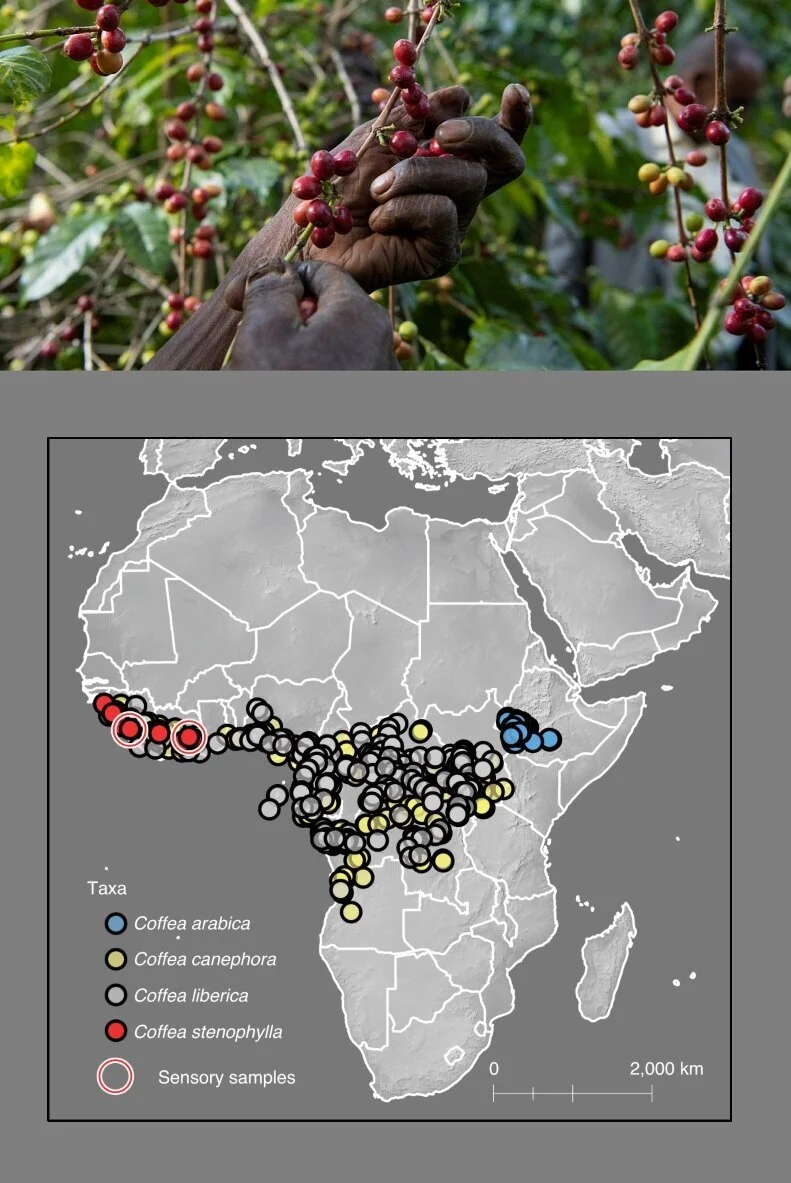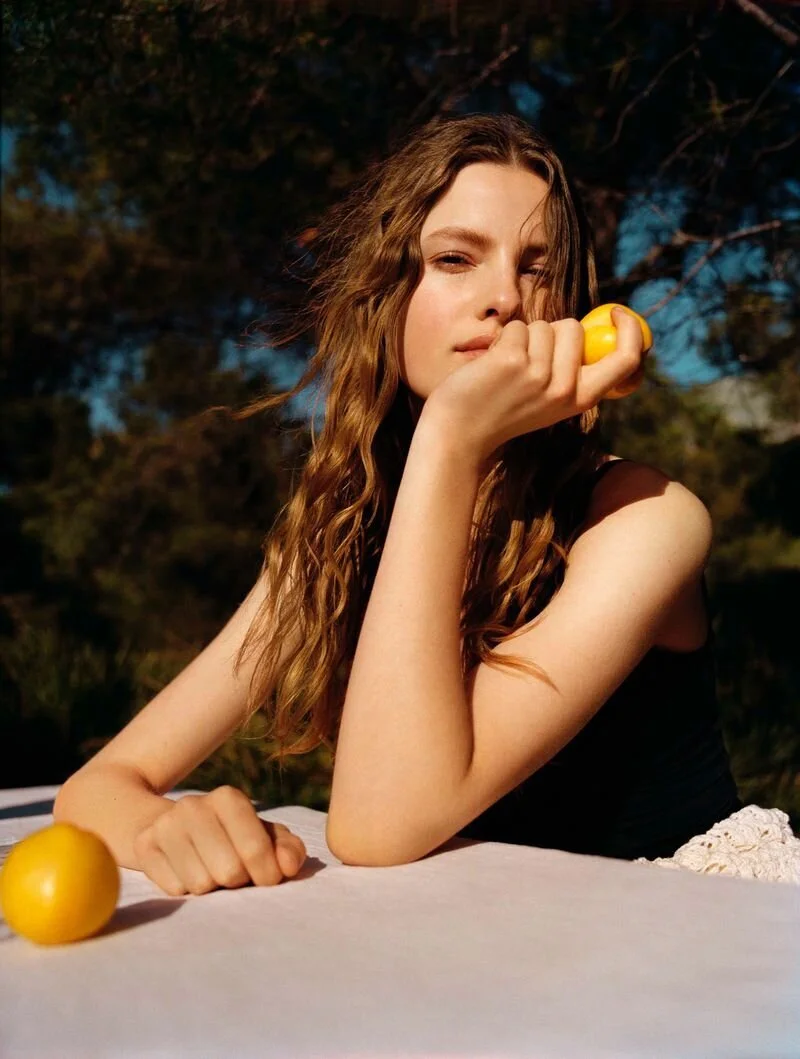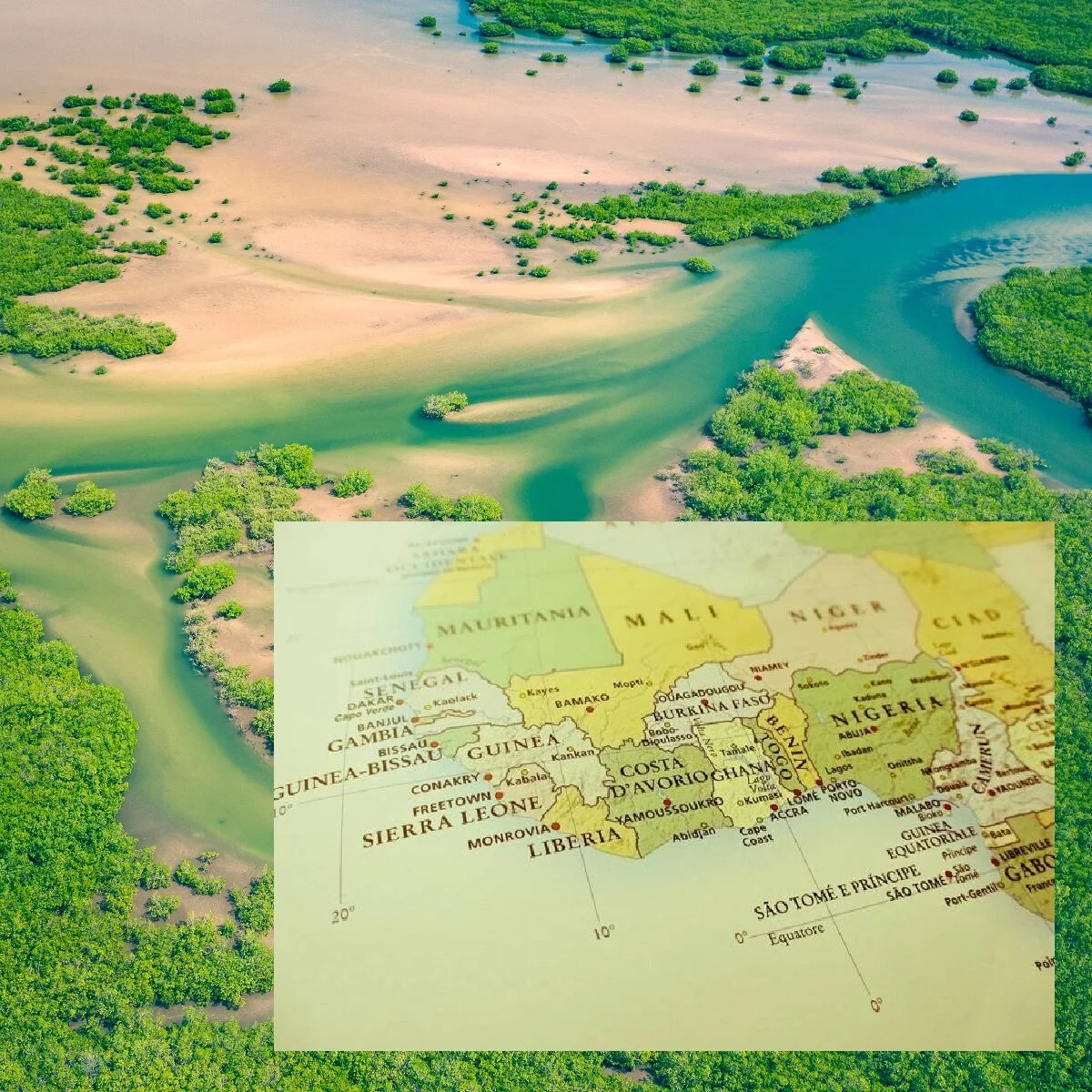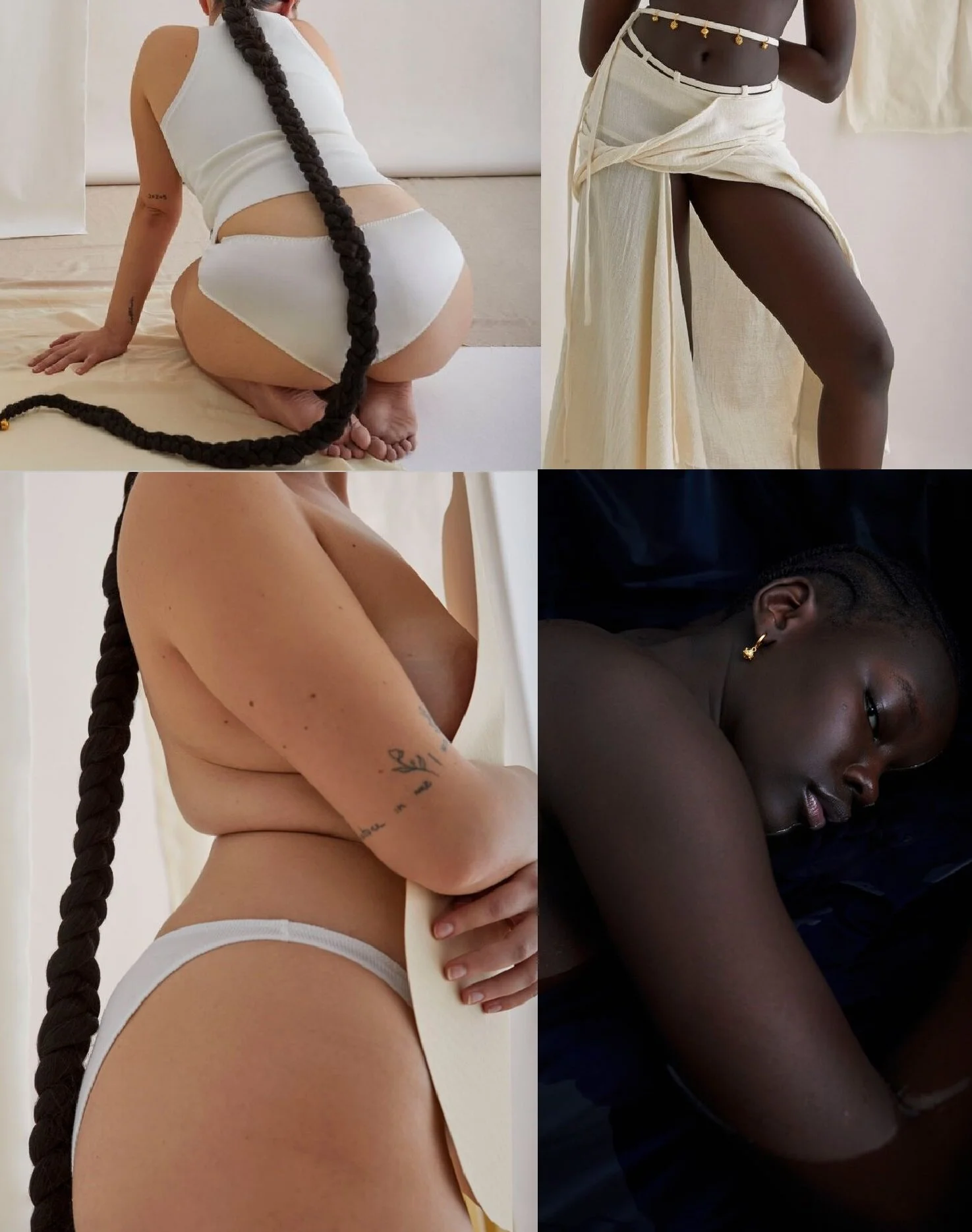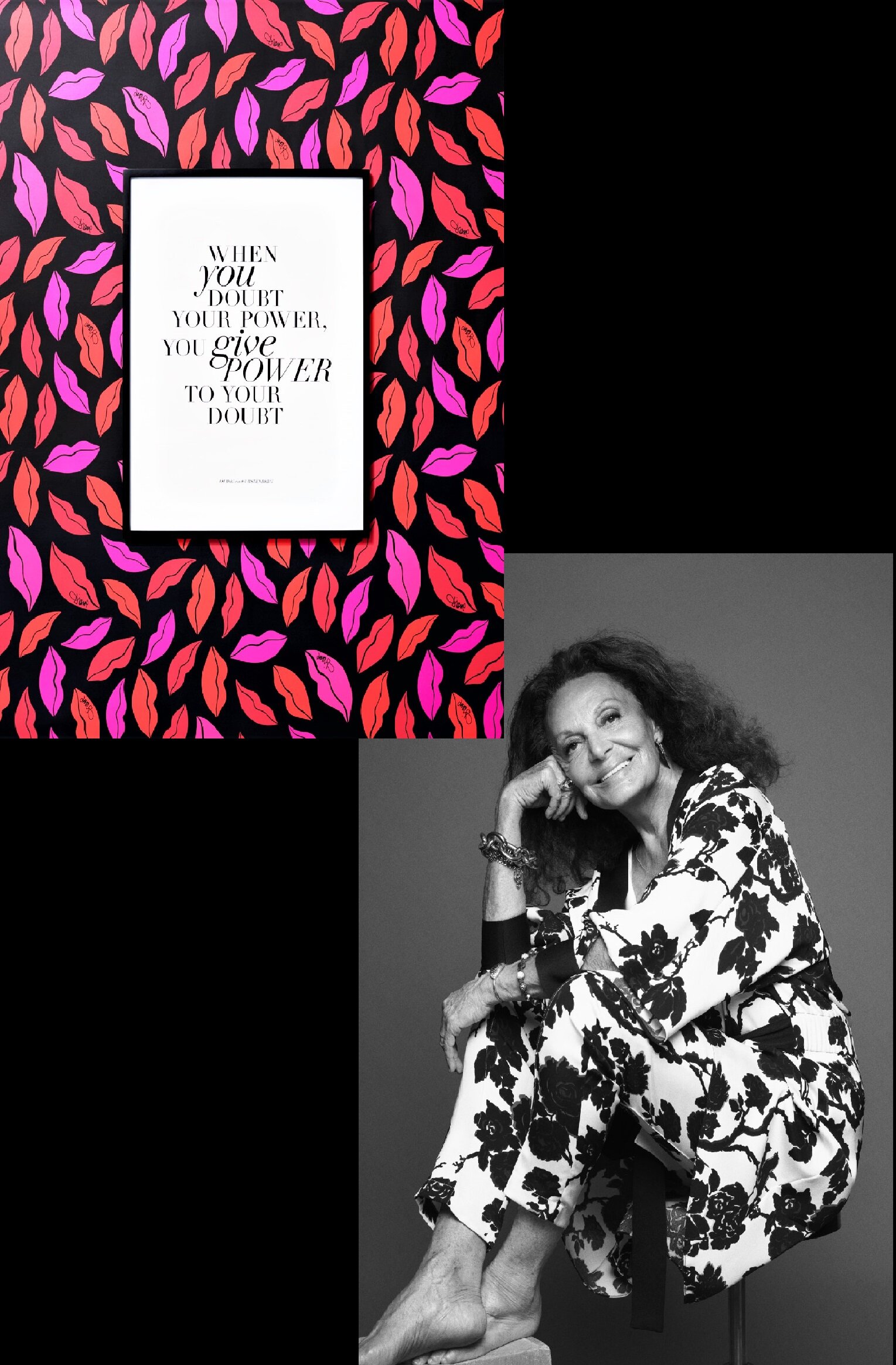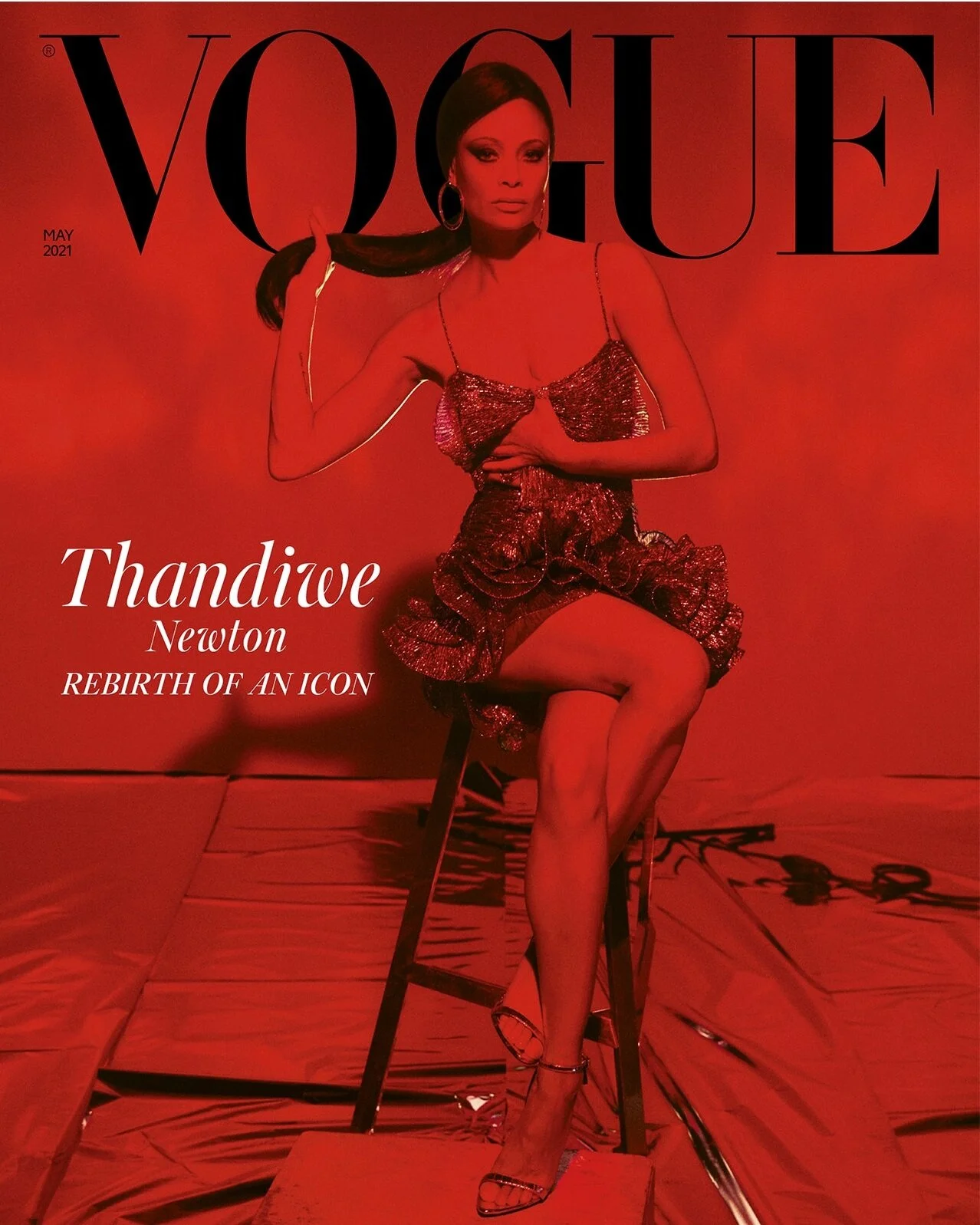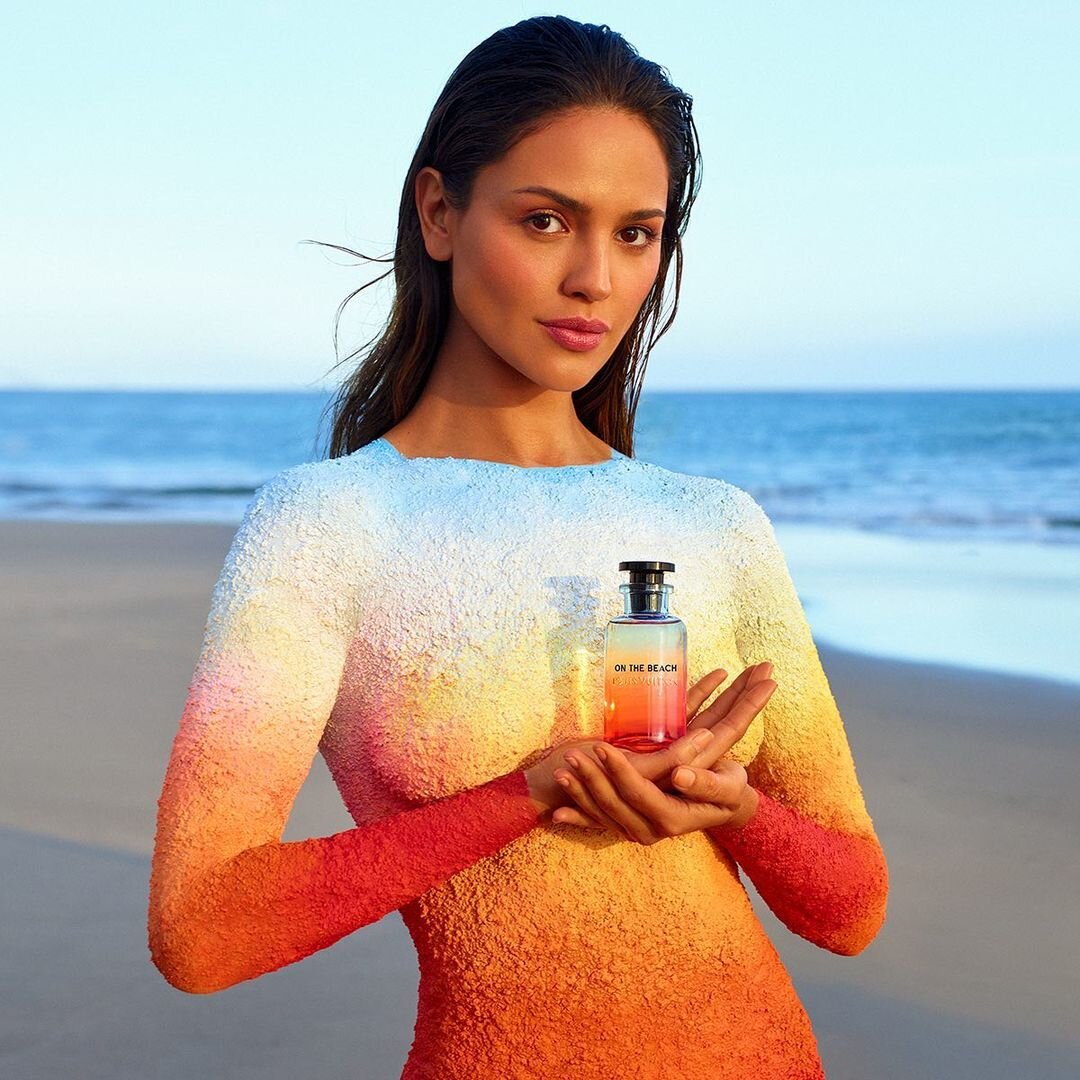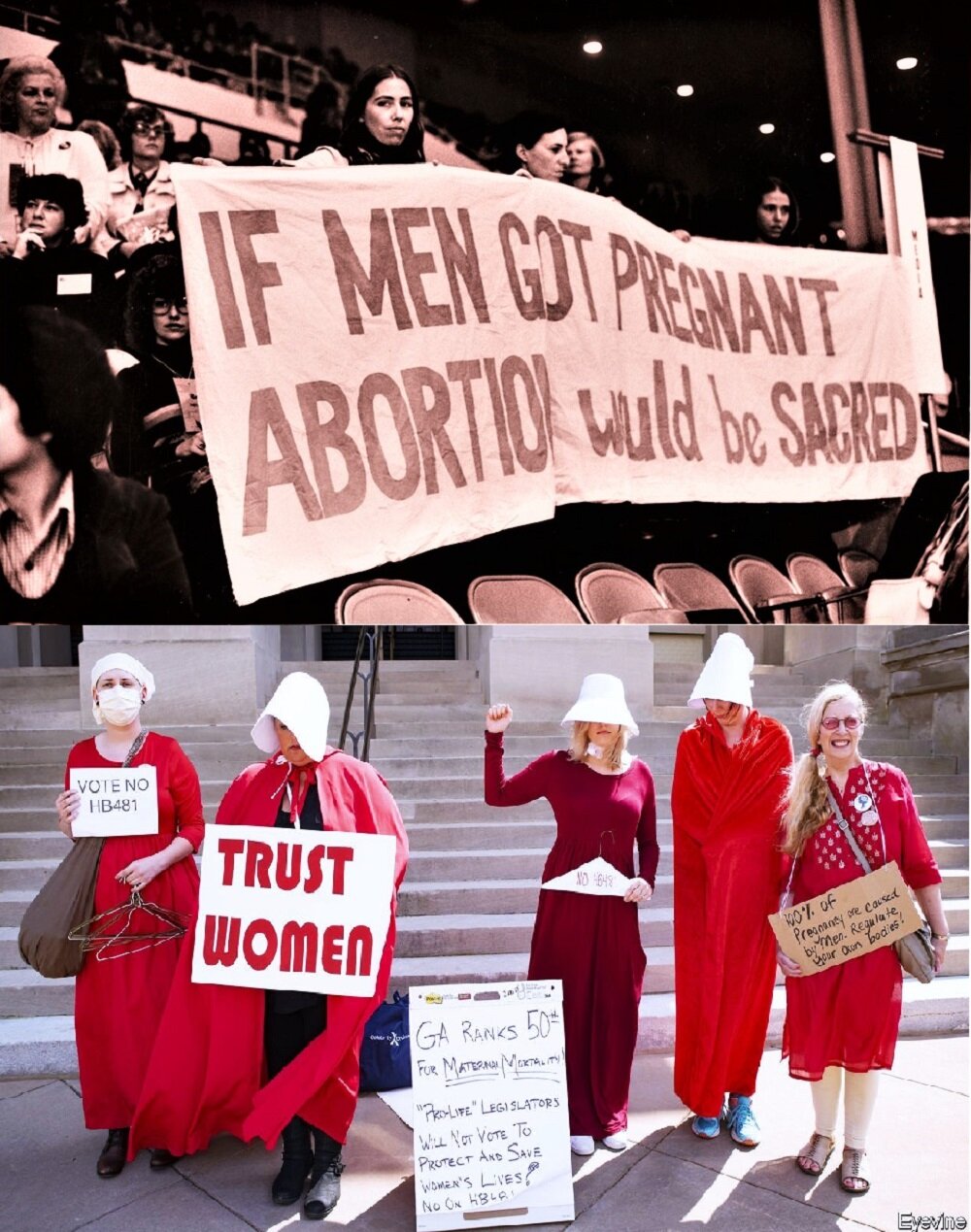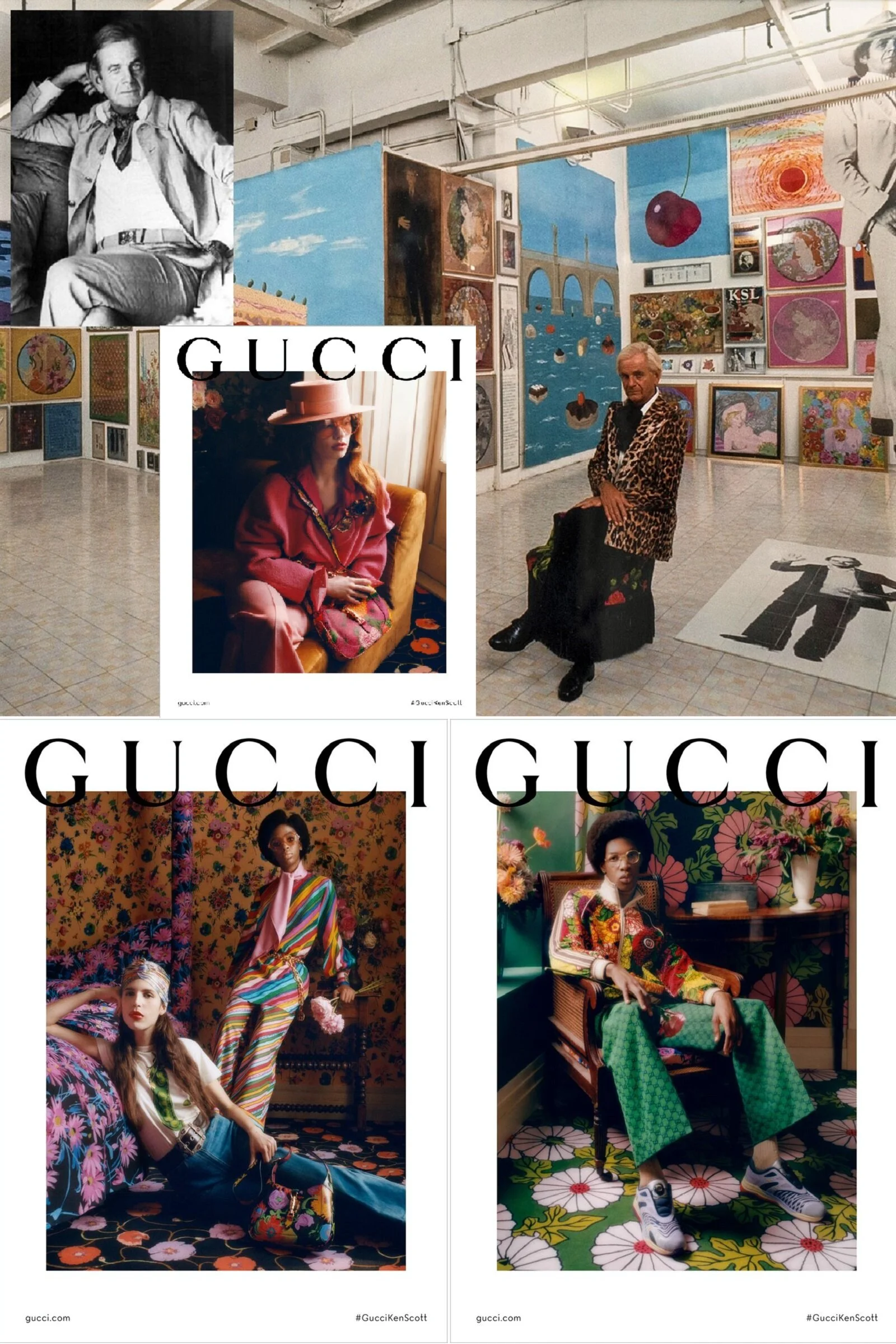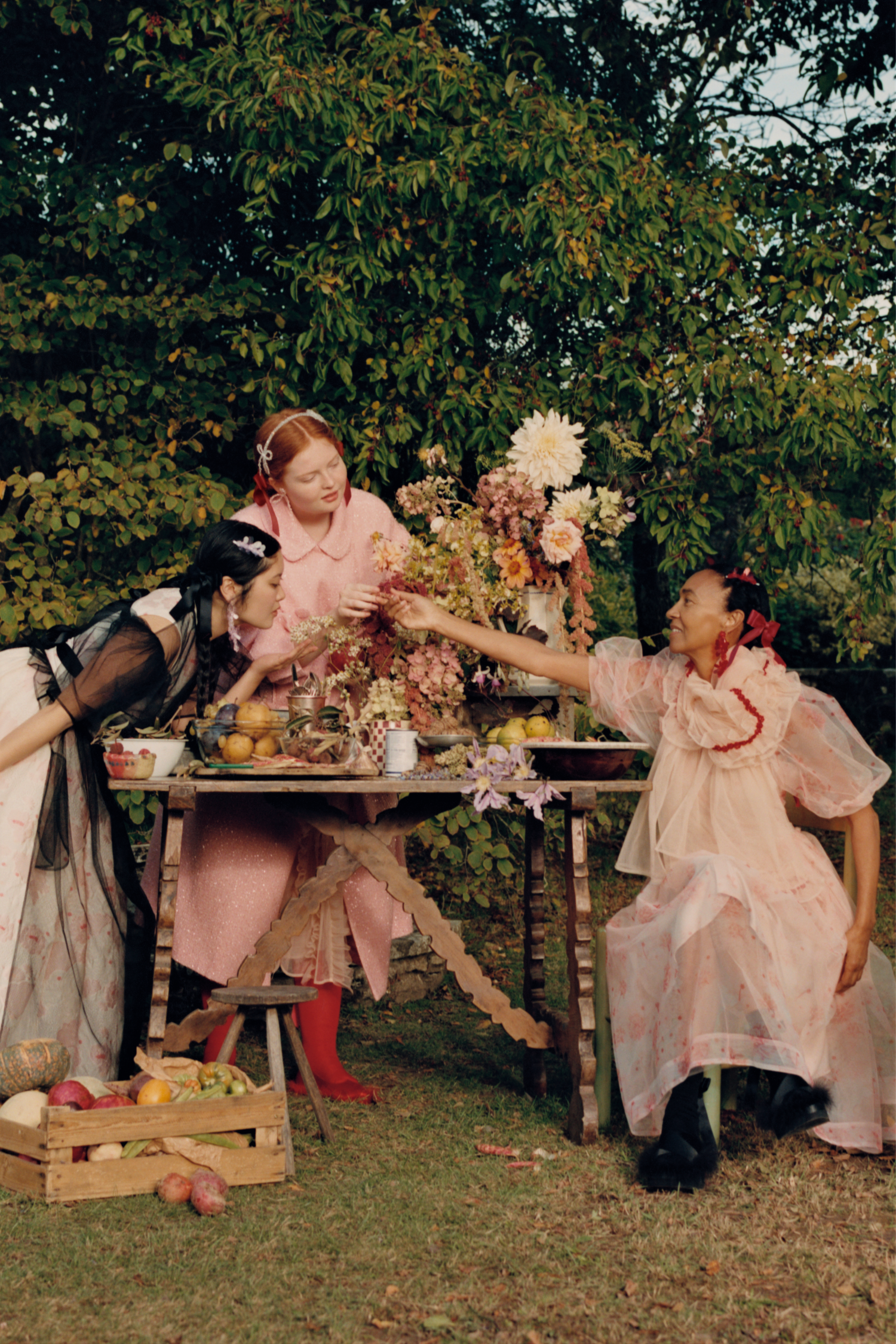2012 Met Costume Exhibit | Prada & Schiaparelli | Raf Simons @Home
/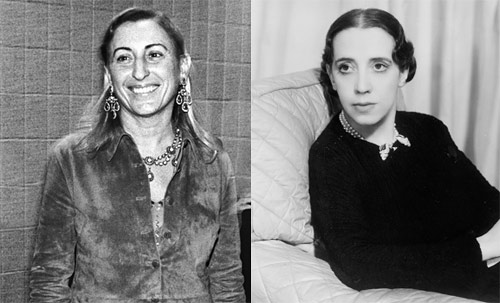 Miuccia Prada in 1998 and Else Schiaparelli in 1934, via FashionEtc.com
Miuccia Prada in 1998 and Else Schiaparelli in 1934, via FashionEtc.com
Can New York’s Metropolitan Museum Costume Exhibit possibly top the success of their recently-closed Alexander McQueen: Savage Beauty exhibit in 2012? The McQueen show was seen by 661,509 visitors.
It will be ladies night at next year’s Met gala, with the Costume Exhibit’s Harold Koda and Andrew Bolton turning their attention to two highly-influential women in the fashion world: Miuccia Prada and Elsa Schiaparelli.
Elsa Schiaparelli
Elsa Schiaparelli’s house closed in 1954 over her inability to adapt to post WWII fashion, unlike her great rival Coco Chanel. Schiaparelli’s surrealism-influenced designs included collaborations with Salvador Dali and other surrealist artists, including Jean Cocteau.
The idiosyncratic Schiaparelli was born into an Italian family of wealth and nobility. Believing that privilege stifled her creativity, Schiaparelli moved first to New York City and then Paris to pursue her love of art and career as a surrealist couturier.
As a young woman Elsa Schiaparelli studied philosophy at the University of Rome, where she published a book of sensual poems that shocked her family. The unconventional young woman then went on a hunger strike to protest being sent to a nunnery.
Miuccia Prada
A true Smart Sensuality woman, Miuccia Prada graduated with a PhD in political science, was a known member of the Communist party and a champion for women’s rights during the seventies in Milan. She also studied to be a mime artist for six years in the late 1960s.
Prada’s designs have always celebrated women’s curves and intelligence, while often featuring avant-garde fabrics and modern styling.
Miuccia joined Prada in 1970 but her reputation and international influence began when she designed a line of black, unlabelled, hard-earing but finely woven nylon handbags that swept the fashion industry. Miuccia Prada runs the Fondazione Prada, a non-profit dedicated to contemporary art.
It’s very reasonable to argue that Miuccia Prada in particular, and the Italians in general, have influenced fashion and style more than any other culture. Whether the influence can be channeled into another blockbuster show for the Metropolitan Modern Costume Exhibit in 2011 is a question mark. Fingers are crossed on our end, and the ladies should turn out in droves to support two indie spirit women who followed their dreams.
Corrine Day ‘The Face’
Sept 1-Oct-1 London’s Gimpel Fils Gallery
Corrine Day is the often-controversial photographer who launched Kate Moss’s career 21 years ago will be honored at an exhibit ‘Corinne Day: The Face’, a collection of fashion stories entitled ‘Heaven is Real and ‘Borneo’, editorials published in 1991 by the now-defunct The Face fashion magazine.
A new book of Day’s unpublished work ‘Heaven is Real’ will go on sale, a year after her death.
Leading curator Charlotte Cotton, who first commissioned Corrine Day’s shoot for The Face, described the artist — who died prematurely of cancer last year: ‘I like the fact she never produced a particularly clichéd feminine version of photography. Her work has got deep emotional intelligence and sophistication, but it’s not a particularly responsible or maternal camera.’
Gimpel Fils at 30 Davies Street London W1K 4NB UK
tel. +44 (0)20 7493 2488 email. info@gimpelfils.com
Take Note
Surrealism Vogue Italia
Scorn for Women & 9 Other Key Points of the Futurist Manifesto AOC Style
‘Torchwood’ Gives Glimpse of Eternal Life NYTimes
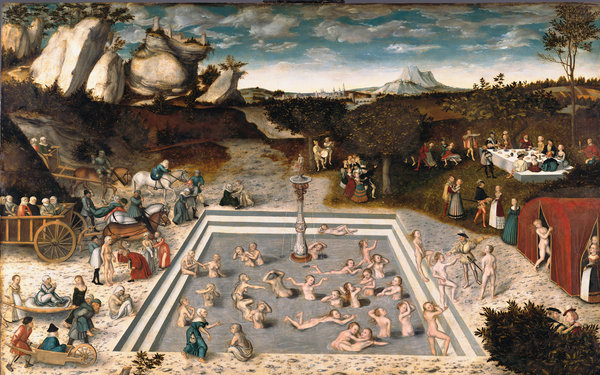 “The Fountain of Youth,” painted by Lucas Cranach the Elder in 1546, illustrates our long obsession with immortality.(via NYT) This is the premise of the TV series “Torchwood: Miracle Day,” a co-production of Starz and the BBC that has been running over the summer and ends in September. The “miracle” of the title is that no one dies anymore, but it proves to be a curse as overpopulation soon threatens to end civilization. The show is a nice twist on our age-old dream of living forever. And it is right to be pessimistic about what would happen if this dream were fulfilled — but for the wrong reasons. Materially, we could cope with the arrival of the elixir. But, psychologically, immortality would be the end of us.
“The Fountain of Youth,” painted by Lucas Cranach the Elder in 1546, illustrates our long obsession with immortality.(via NYT) This is the premise of the TV series “Torchwood: Miracle Day,” a co-production of Starz and the BBC that has been running over the summer and ends in September. The “miracle” of the title is that no one dies anymore, but it proves to be a curse as overpopulation soon threatens to end civilization. The show is a nice twist on our age-old dream of living forever. And it is right to be pessimistic about what would happen if this dream were fulfilled — but for the wrong reasons. Materially, we could cope with the arrival of the elixir. But, psychologically, immortality would be the end of us.
Raf Simons in Antwerp
 “I find it relaxing to be in touch with creations by other people,” says Jil Sander designer Raf Simons. Image Ivan TerestchenkoRaf Simons tells WSJ’s Whitney Vargas that if he wasn’t the influential fashion designer behind Prada-owned Jil Sander, he would like to be a ceramist. ‘There’s something so romantic about it,” he says. “I think about the South of France, the nature of clay, working with your hands. Fashion is such an octopus. You’re connected to so many people: suppliers, pattern makers, production teams, marketing teams, vendors… .’
“I find it relaxing to be in touch with creations by other people,” says Jil Sander designer Raf Simons. Image Ivan TerestchenkoRaf Simons tells WSJ’s Whitney Vargas that if he wasn’t the influential fashion designer behind Prada-owned Jil Sander, he would like to be a ceramist. ‘There’s something so romantic about it,” he says. “I think about the South of France, the nature of clay, working with your hands. Fashion is such an octopus. You’re connected to so many people: suppliers, pattern makers, production teams, marketing teams, vendors… .’
Simons never attended fashion design school and was trained as a furniture maker at a small school in the Belgian city of Genk. Speaking of fashion, Raf Simons says that he’s not drawn to fashion exhibits that extol the designs apart from the wearer:
“Fashion is a beautiful environment in a way, even though it’s becoming so industrialized, because you feel things very early on,” he says. “It’s the immediacy. I think clothes are meant to be worn—which is why I don’t particularly like to see museum shows about fashion. Fashion only makes sense in relation to a human body, how people behave when they wear something, how they walk. It’s why I can’t stand when a designer says, ‘I did that first, four seasons ago.’ It’s about the moment. Four seasons ago, it wasn’t the moment.” Read on Raf Simons @WSJ.
